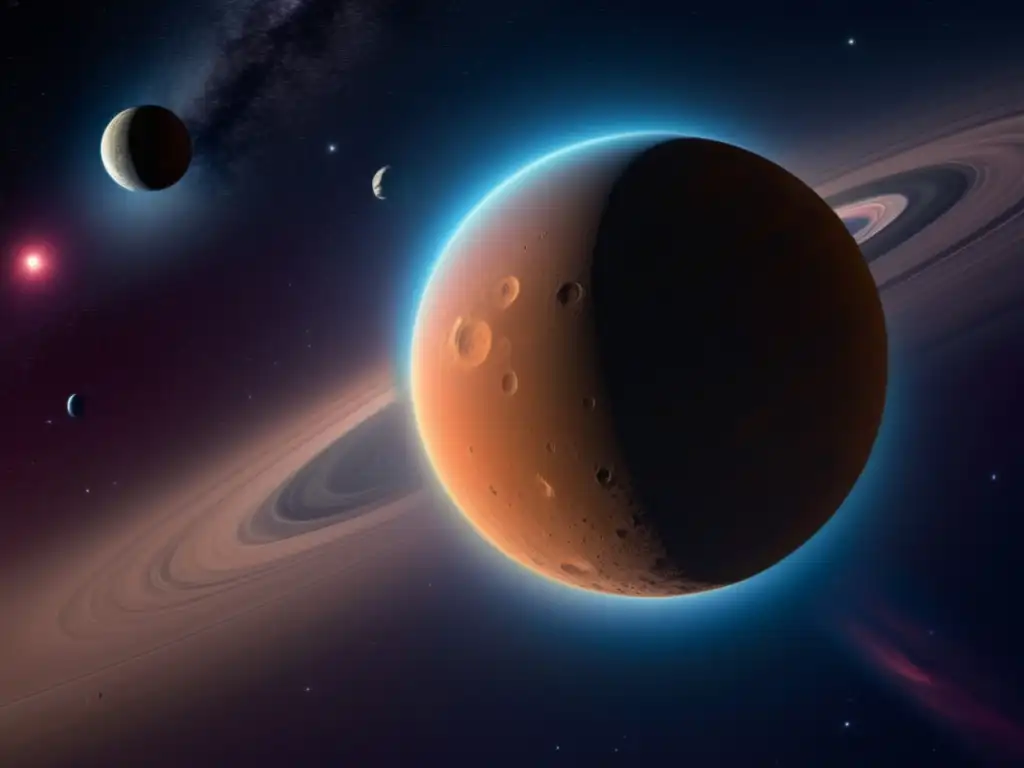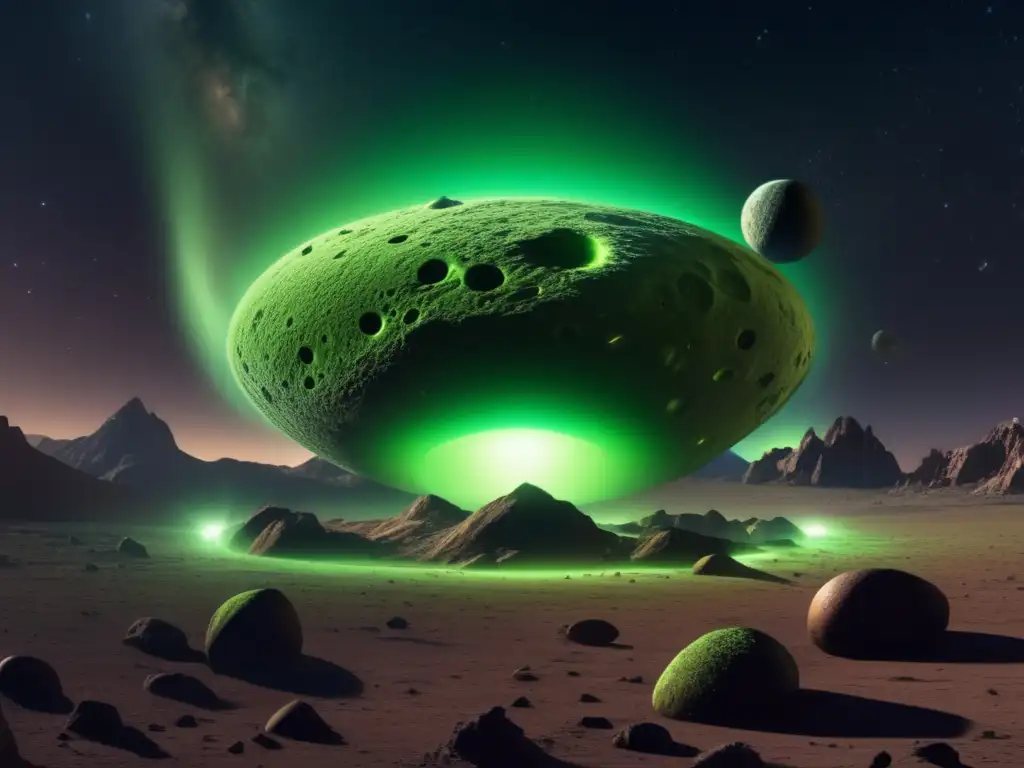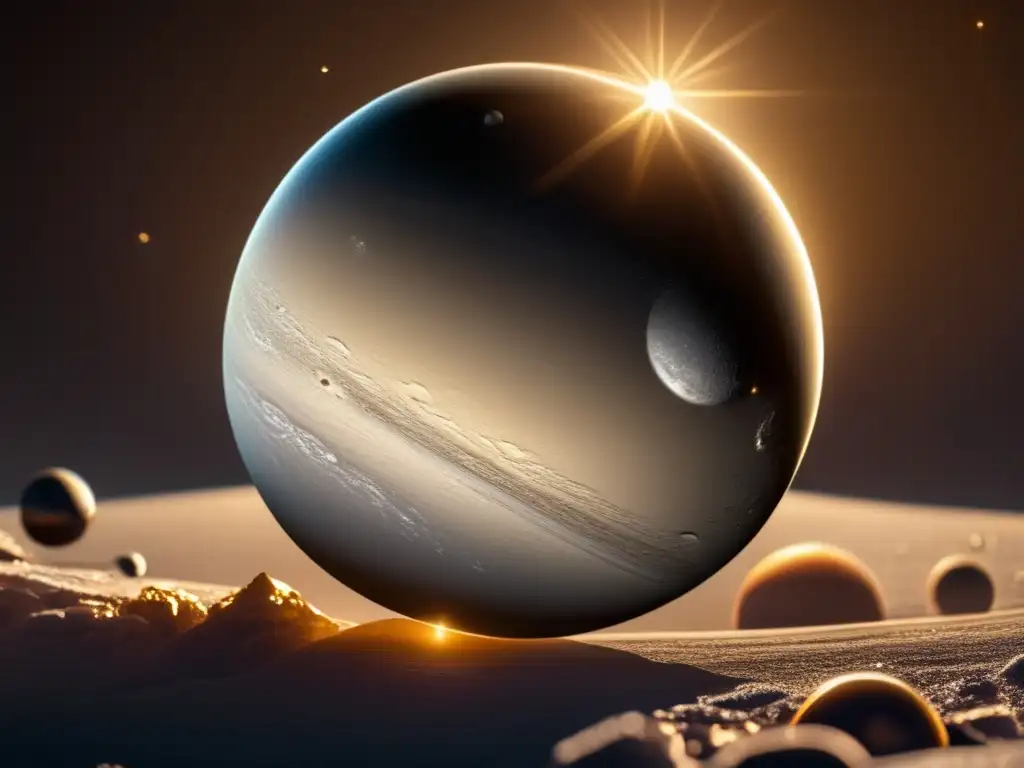"Beyond The Asteroid Belt: The Discovery Of Trans-Neptunian Objects"

Introduction
Asteroids are some of the most fascinating celestial objects in our solar system. Since the first asteroid, Ceres, was discovered in 1801, astronomers have cataloged more than 800,000 asteroids in our asteroid belt. However, beyond the asteroid belt, there are other types of celestial bodies, such as comets, Kuiper Belt Objects (KBOs), and Trans-Neptunian Objects (TNOs). In this article, we'll focus on TNOs and how scientists have discovered these distant icy bodies.
The Kuiper Belt and Beyond

What is the Kuiper Belt?
The Kuiper Belt is a region of space beyond Neptune's orbit that contains a large number of small icy bodies. It was first theorized by astronomer Gerard Kuiper in 1951. It is thought to be the source of many short-period comets.
Discovery of the First TNO: 1992 QB1
In 1992, David Jewitt and Jane Luu used the University of Hawaii's 2.2-meter telescope to discover the first TNO, which they named 1992 QB1. It was about 200 km in diameter and located in the Kuiper Belt.
Pluto: A TNO or a Planet?
For many years, Pluto was considered the ninth planet in our solar system. However, in 2006, the International Astronomical Union reclassified Pluto as a dwarf planet and a TNO. At the time, it was the largest known TNO.
Observing TNOs

The Challenges of Observing TNOs
TNOs are incredibly distant, and their small size and low reflectivity make them difficult to detect. They are often too faint to be seen with the naked eye and require large telescopes and sensitive instruments to observe.
Ground-Based Observations
Ground-based telescopes are the primary tools used to observe TNOs. The most successful surveys, such as the Canada-France Ecliptic Plane Survey (CFEPS) and the Outer Solar System Origins Survey (OSSOS), use large-format CCD cameras attached to some of the most powerful ground-based telescopes in the world.
Space-Based Observations
Space-based telescopes, such as the Hubble Space Telescope, have also been used to observe TNOs. These instruments offer distinct advantages over ground-based telescopes, including a clearer view of space without atmospheric distortion. However, they are limited by their smaller size and shorter observation times.
TNO Classification and Characteristics

TNO Classification
TNOs are classified into different categories based on their orbital characteristics. There are five main types of TNOs: Classical, Resonant, Scattered Disk, Detached, and Sednoids. Each type has unique characteristics and is thought to have formed in a different region of the early solar system.
TNO Characteristics
TNOs are thought to be remnants from the early solar system, providing insight into its formation and evolution. They are typically composed of ice and rock and range in size from a few kilometers to several hundred kilometers in diameter. They have elongated and highly inclined orbits and are thought to have formed far beyond Neptune's orbit.
Notable TNOs
Some of the most famous TNOs include Pluto, Eris, and Makemake. Eris, which is slightly larger than Pluto, was discovered in 2005 and is one of the most massive TNOs known. Makemake, discovered in 2005, is the third-largest known TNO and one of the brightest, despite being almost twice as far from the Sun as Pluto.
Frequently Asked Questions

-
What is a Trans-Neptunian Object (TNO)?
A TNO is an icy body located beyond Neptune's orbit and typically smaller than a dwarf planet.
-
How are TNOs different from asteroids?
TNOs are composed mostly of ice while asteroids are predominantly rocky. TNOs also have elongated and highly inclined orbits.
-
How are TNOs observed?
TNOs are observed primarily using ground-based telescopes, although space-based observatories have also been used.
-
What is the Kuiper Belt?
The Kuiper Belt is a region of space beyond Neptune's orbit containing small icy bodies and is thought to be the source of many short-period comets.
-
What is the largest known TNO?
The largest known TNO is Pluto, which measures approximately 2,377 km in diameter.
Conclusion
TNOs are fascinating celestial objects that offer insight into the formation and evolution of our solar system. They are incredibly distant, but astronomers have made tremendous progress in discovering and observing these icy bodies. As our understanding of TNOs continues to grow, we will undoubtedly learn more about the early history and dynamics of our solar system.
Thank you for reading this article, and please feel free to share your thoughts in the comments section or on social media. Be sure to visit www.asteroidrealm.com for more information on asteroids and other celestial objects.
Additional Resources

- NASA: Trans-Neptunian Objects
- Sky & Telescope: Beyond Neptune: The Quest for Trans-Neptunian Objects
- "Asteroids, Meteorites, and Comets" by Bernhard Peucker-Ehrenbrink and Birger Schmitz
 "Asteroid Families: Clues To Planetary Formation"
"Asteroid Families: Clues To Planetary Formation" "Our Binary Companion: The Discovery Of 2006 RH120"
"Our Binary Companion: The Discovery Of 2006 RH120" "Hermes: The Asteroid Lost In The Abyss Of Space"
"Hermes: The Asteroid Lost In The Abyss Of Space"If you want to discover more articles similar to "Beyond The Asteroid Belt: The Discovery Of Trans-Neptunian Objects", you can visit the Asteroid Discoveries category.
Leave a Reply

Articulos relacionados: